Help! My dog’s barking mad! Volume 2
This month, we continue our DIY basic behaviour correction advice with some tips on house training. So, you know the story, or you’re about to. The cutest little ball of fluff is brought home with great excitement. (For this particular edition, we’re going to call our dog Dinky and she is … a girl.)
DOG HEALTH
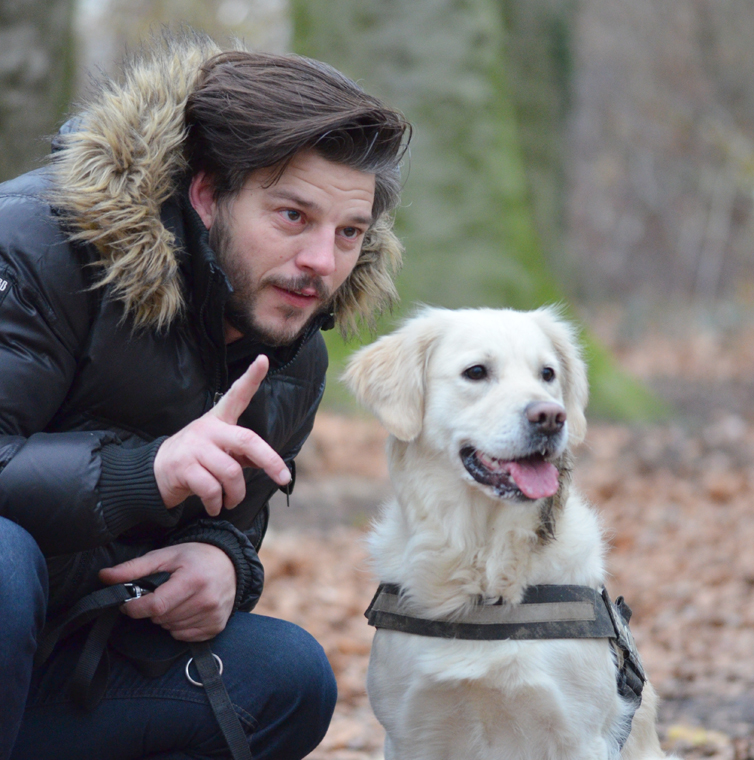
Posted by bravectosouthafrica – 12 April 2021
Almost immediately, The Problem presents itself… on your pale cream carpet. Your kids are hysterical. You could pull up your carpet and replace it with tiles. But that’s a bit drastic and expensive.
Or… you could take calm and planned steps to persuade Dinky that to relieve herself outside is much more attractive than the carpet. Sounds fairly impossible, doesn’t it? It will take time, patience, commitment and A Plan. You have come to the right place. Be strong. Be determined. Be patient.
The Plan
First of all, remember the guiding light of many animal behaviourists and vets: Positive Reinforcement for Positive Results.
‘GOOD’ BEHAVIOUR – REWARD (Praise, treats)
‘BAD’ BEHAVIOUR – IGNORE!
NEVER PUNISH (shouting, smacking) ‘BAD’ BEHAVIOUR
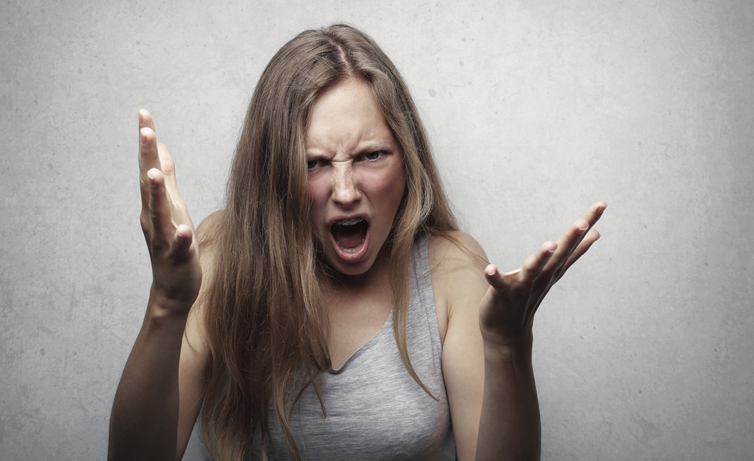
Your puppy, or older dog, does not yet know the difference between good and bad behaviour, until you TEACH her. If you punish her for relieving herself inside she will become afraid of you and will learn nothing. Many beautiful dogs are dumped in rescue centres simply because the owner did not take the trouble to house train properly and the dog became a ‘nuisance’. This is not the dog’s fault. So how can you remedy this?
SOME QUESTIONS ANSWERED
1. Can older dogs be house trained?
Certainly they can. If perhaps you have given a home to an untrained dog, with bad habits, just use The Plan below. It may take a little longer, but it definitely can be done.
2. When can I start training?
In the case of an older dog … NOW! For puppies, from 12 – 16 weeks. They have no bladder/bowel control before this, so it’s better not to try training before this. You can try puppy pads (more information below) and hope for the best.
3. What do I need?
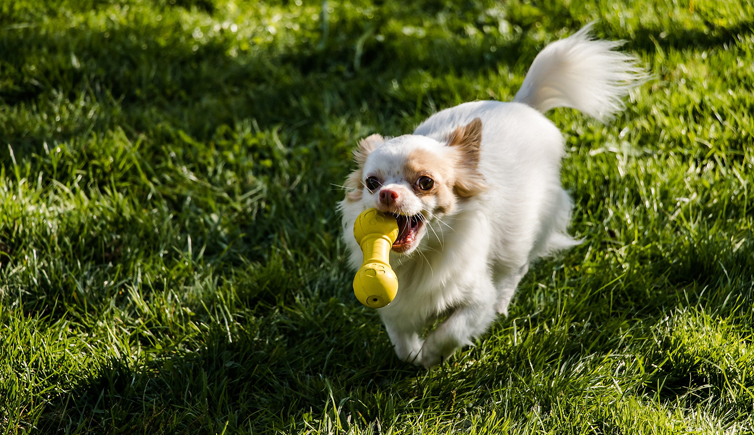
Well, the most important requirements are: Patience, Consistency and Reward, and – Routine, Routine, Routine. In addition, you will also need some kind of crate, if you decide to use this method. More about crates later.
You’ll also need dog chewies, dog toys (not children’s toys, please. Puppy may break bits off and swallow them) and an almost indestructible chew toy that can hold treats. (See picture above.) Dinky will need a ‘blankie’ and some kind of cushion / dog bed.
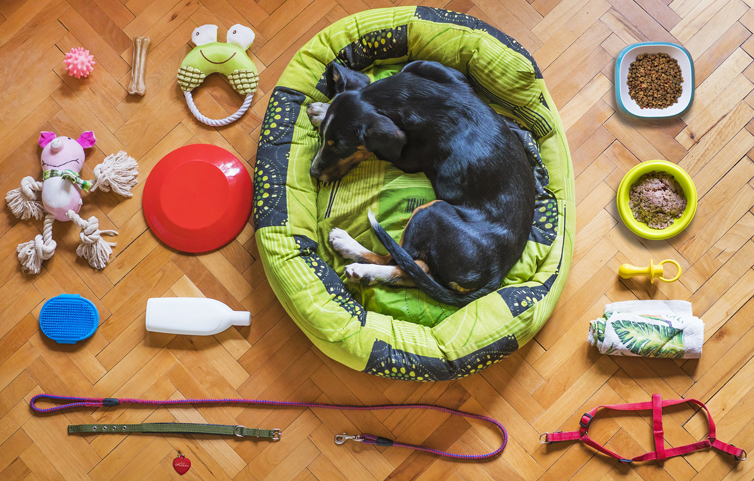
Ref.: ack.org (Puppy potty training)
4. How long does it take?
Success depends on many variables: your dog’s age, size, personality, intelligence, but by far the most important factor is…YOU! You (and of course, your family) need to be prepared to commit yourselves to A Plan, or programme (preferably before getting the dog) and, most important of all, you need to be determined to be consistent, committed, patient and calm.
Research has shown that there are puppies who’ve been trained in a week! But this is rather an unrealistic goal. Don’t even aim for this miracle. You will need, however, to accept the reality that you will have to dedicate the first week (once your puppy is 12-16 weeks old) or so, introducing Dinky to the harsh reality that relieving herself inside is not acceptable. We hear you: ‘Easier said than done’. It may take 4-6 months before Dinky is fully trained. Training will of course become less intense as Dinky begins to get the idea. (‘You want me to what? On the cold, wet grass? Forget it. The carpet’s a much better idea.’)
TO CRATE OR NOT TO CRATE?
The method we are going to suggest requires a crate.
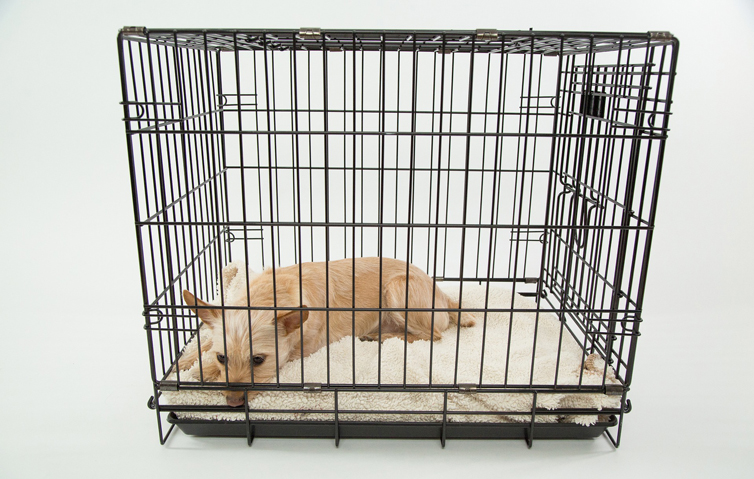
Dogs in the wild have dens, where they sleep, give birth and raise their pups. It’s their ‘safe place’. Your domesticated dog also likes a ‘safe place’. All dogs (and here comes the ‘good news’) are born with an instinct to avoid dirtying their den, whether it be a kennel (which is not suitable for house training), a crate, a cardboard box, a cordoned-off area, a dog bed or, of course, your bed. If Dinky is confined to a ‘den’ she will hold it in as long as she can. Crating, or confining in some way, is an effective way of teaching the little poopee factory that she must relieve herself outside.
WHAT IS A CRATE? IT SOUNDS EXPENSIVE.
A crate is a type of cage which may be made of wire, plastic or even sturdy cardboard, which is big enough to allow Dinky to lie down, stand, turn around, see outside and drink/eat from bowls. There should also be room for her ‘blankie’ and a cushion. You can buy crates from most pet stores. They vary from a simple wire cage to a fancy plastic one or even a large pen. A sturdy cardboard box is also fine, but you’ll have to get a bit creative to enable your pup to see outside. You could even section off a small area in a room to create this den-type environment.
Choose a crate that is bigger than your puppy so that she can ‘grow into it’. Some crates have adjustable sections so you can adjust the size.
WHAT IS THE CRATE USED FOR?
When you’re using the crate purely for house training, then a basic wire or a cardboard box is fine. If you want to use it for traveling with your dog, vet visits, taking a dolled-up Dinky to a dog show, then you’ll need a smaller, portable one. Make your crate inviting for your dog. A wild dog would make a pile of leaves, but you will need to provide her ‘blankie’, cushion and doggie toys. A simple pet bed will also suffice.
DO I HAVE TO USE A CRATE FOR HOUSE TRAINING?
No, you don’t, but you must have somewhere where you can confine your dog during training where – and this is crucial – she will come to know that this is her ‘den’, her safe place, and she won’t soil it. It could even be a corner of a room, cordoned off (perhaps with wire or plastic fencing).
THE PLAN
Important – at all times remain calm, patient and ignore ‘accidents’.
Your (and your pup’s) Schedule
You have to have a schedule in mind for each day and you must stick to it. (Yes, even on your, or Dinky’s birthday.) Your puppy will probably need to be fed at least three times a day (check with your vet) at approximately the same time each day, with no snacks in between – apart from treats used as rewards.
Puppies cannot ‘hold’ their pee or poo until they are about 3-4 months old. As they mature, they can ‘hold it’ for up to a couple of hours. Please don’t expect your crated pup to be confined for longer than this. Dinky will need to be taken outside, ideally, every 20 minutes, or at least 6 times a day. To be realistic, aim to take her out every hour if possible.
You will be beginning to realize that, ideally, if you are working away from home, you should try to take the first week off. It will definitely be worth it in the long run. If you can’t do this, then maybe a friend could come in to occasionally to take her out.
1. Waking-Up
Your puppy should, at least eventually, be sleeping in her crate at night. Try to avoid putting the cute puppy in your bed as experts say this is not conducive to healthy development. When you wake up, pick her up and take her outside to poo or pee. When she performs, praise, praise, praise. Take her to the same spot each time. Once inside again, put her back in the crate, preferably in a place where she can see you. You can’t, of course, keep her in the crate for the whole day.
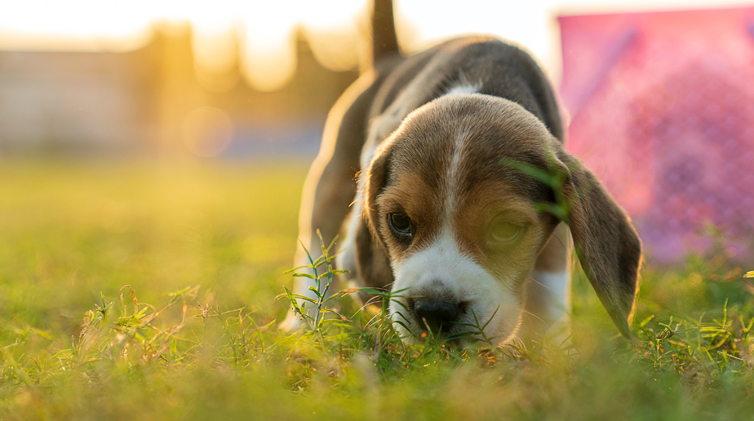
Please don’t be tempted to take Dinky out of her crate immediately if she starts whining, barking, crying. The minute she becomes quiet (ish) take her out and praise her. Give her breakfast and take her out again around thirty minutes later. (Nobody said this was going to be easy.) But she will eventually be able to hold it longer, IF and when she associates relieving herself outside with your approval (most important) and treats (less important). This takes a lot of training.
If your puppy is confined to their crate the whole day, they will understandably soil their den as they won’t have another option. If possible, ask a friend or dog walker to come in and take them out a few times a day. You could also, when they are a little older, consider doggy day care.
2. During the Day
Your puppy will be happier, while in her crate, if she can see you. Let her out at least every hour and take her outside to play. If you catch her peeing or pooing, praise her to the hills. Ensure that her environment is safe and secure if she stays outside for a while.
3. Bedtime
Try to keep things calm in the evening to encourage her to wind down. Feed her early enough for her to go outside before bedtime. Put her in her crate calmly. She will, of course, protest loudly. While she is a small puppy, leave her in her crate for a short time – she must never feel that the den is a punishment. And here’s the wonderful thing: once she’s asleep, she will stay asleep THE WHOLE NIGHT!
For Those Who Live in Apartments
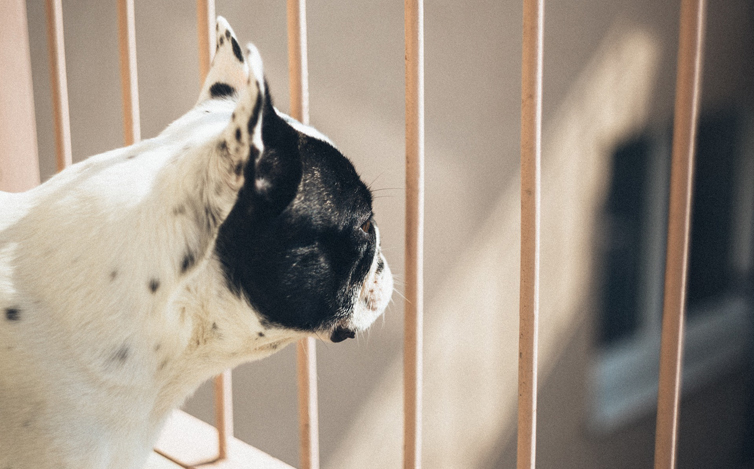
House training is going to be a bit harder for you, but it certainly can be done. Your puppy will need to learn that she can relieve herself in TWO places instead of one. You will also need a crate or den. Obviously, you will need to take her outside as often as you can. However, this is not always possible, so you need to provide her with an alternative ‘toilet’ in your apartment, especially if you are working away from home each day.
There are devices on the market which provide your puppy with a toilet until you get home. If you go online you’ll see a variety of pee pads, disposable ‘potties’ (some even with real grass!). You can also use a cat tray with sand for a small puppy.
Whilst we would never discourage anyone who has a good, loving home to offer to a dog, it is important to realize, before deciding to have a dog, that this will entail work and adjustments for you and your family. We do suggest the smaller the breed the better in this circumstance.
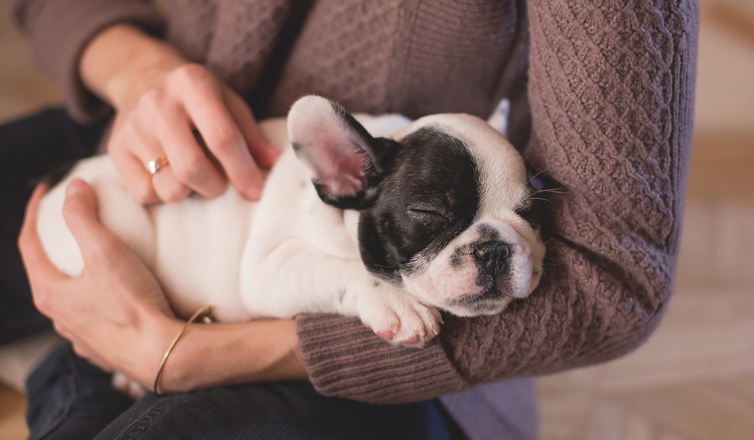
STAY FOCUSED
Good luck to you with your house training. It will be so worth it when Dinky confines her poo and peeing to the garden, then you can go and treat yourself to a new rug.

Subscribe to our Newsletter
Get to know your furry friend better! Sign up for all things dog- or cat-related.
The Hairy Facts about the dreaded hairball
12 April 2021
Help! My dog’s barking mad! Volume 2
12 April 2021
Your Itchy, Scratchy Cat – All About Cat Skin Problems
12 April 2021
The Dog’s Diet: A Bone of contention?
01 April 2021
Mango Fly Worms: How to Spot and Eliminate them
Posted on November 28,2019
Managing Mange And Mites In Your Dog
Posted on June 11,2018
Why Do Cats Purr and How? Learn What Your Cat Is Saying
Posted on October 14,2020
How to Get Rid of Ear Mites in Dogs
Posted on November 06,2019









